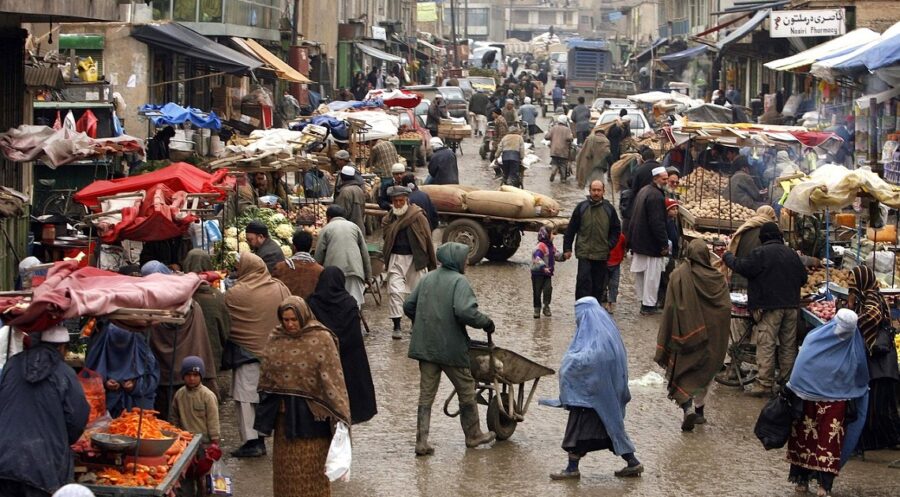In 2022, the World Health Organization (WHO) and its Health Cluster partners, in collaboration with humanitarian organizations, United Nations agencies, other local non-governmental organizations, and donors, made important contributions to supporting the people of Afghanistan, a new report states.
The WHO has improved life-saving health interventions for Afghans affected by numerous humanitarian crises and continues to guarantee mid- to long-term service accessibility.
Infectious disease epidemics spread throughout Afghanistan in 2022, resulting in 242,562 instances of acute watery diarrhea (AWD) and a major countrywide measles outbreak that affected 77,210 individuals.
Additionally, there were 993 suspected instances of pertussis recorded in the winter, which represents a considerable increase in incidence, and 1,266 cases of dengue fever reported in Nangarhar, Laghman, and Kabul. In addition, the nation frequently suffered from man-made and natural calamities, including a 5.9-magnitude earthquake in June 2022 that killed over 1,000 people and an unusual flood surge that impacted more than 110,000 people. Additionally, the unstable and stressful security climate continues to result in large casualty events, as the September bombing at the Kaaj Education Center in Kabul.
In 2022, WHO stepped up the National Disease Surveillance and Response system to quickly detect and address possible risks.
The number of sentinel locations was increased to 613, regional and central lab capacity was built, and almost 1,000 monitoring officers received outbreak investigation training. As a result, in 2022, the WHO responded to almost 900 outbreaks with assistance from 121 surveillance teams. In addition, WHO and its partners worked to lower the mortality and morbidity from diseases that can be prevented by vaccination. More than 10.8 million people received their full dose of the COVID-19 vaccination, while around 8.16 million children (6 to 59 months) received the measles vaccine. Each of the six national and three subnational polio vaccination programs that were carried out for the year successfully reached more than nine million youngsters.
Afghanistan only found two instances of polio in 2022, and the nation is now closer than ever to stopping the disease’s spread.
Additionally, WHO increased its assistance with crucial medical services. In addition to the 96 public hospitals run by WHO as part of the Sehatmandi Project to the end of June 2022, 189 primary healthcare facilities were created by WHO in 24 provinces, enabling access to healthcare in rural areas. In addition, WHO provided 1,228 healthcare facilities with 5,279.9 metric tons of non-medical and medical commodities in 2022, including winterization supplies.
By educating 741 healthcare professionals (28% of whom were women) in basic emergency care, MCM, ambulatory care, and safe blood transfusions, significant efforts were made to strengthen capacity in trauma treatment and mass casualty management (MCM). By improving case management and referral processes, these talents decrease preventable deaths and impairments.
The WHO increased the availability of mental health and psychosocial support (MPHSS) services and strengthened the skills of 906 healthcare professionals. As a result, 900,000+ individuals attended MHPS counseling sessions. In addition, WHO expanded services for women, among them the opening of the National Advanced Referral Center for Survivors of Violence, which offered 423 victims of violence medical care and treatment.



